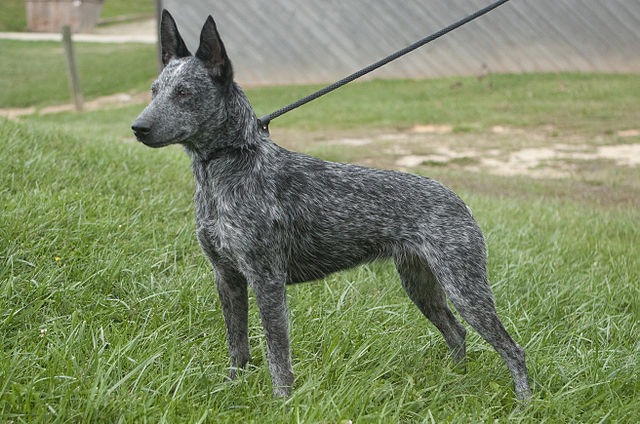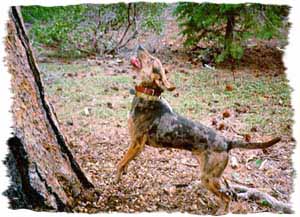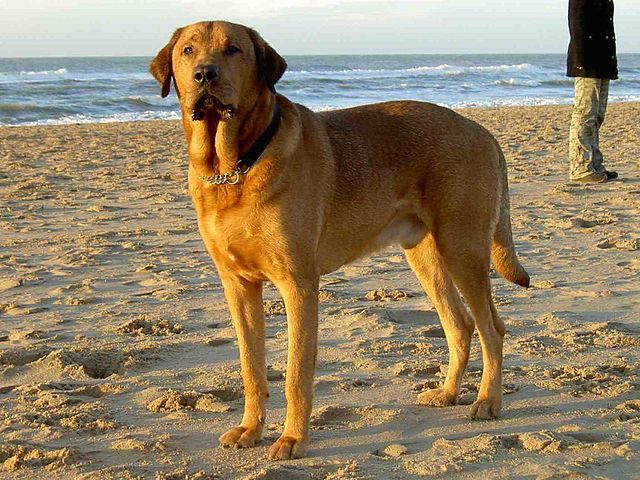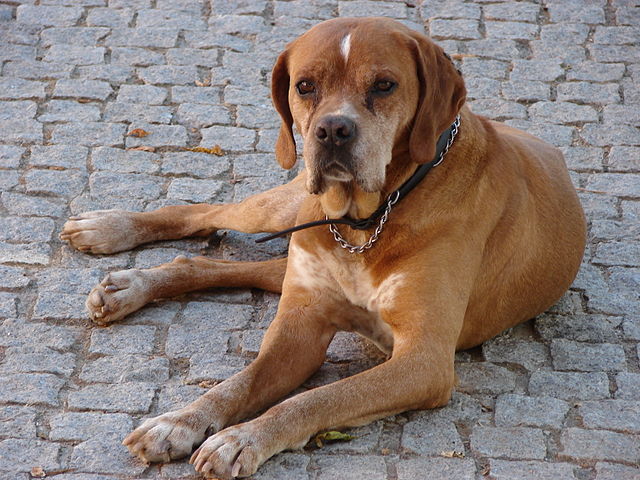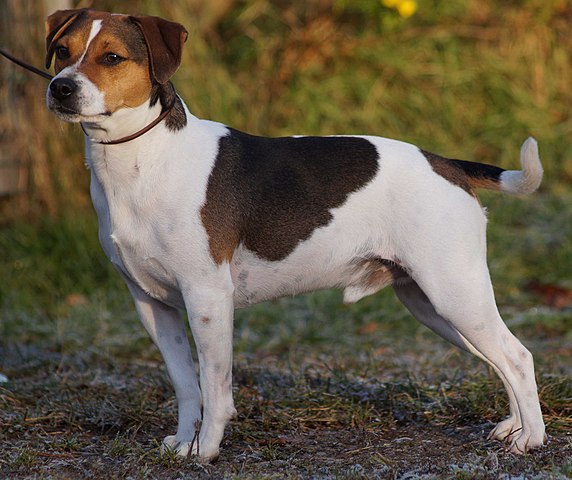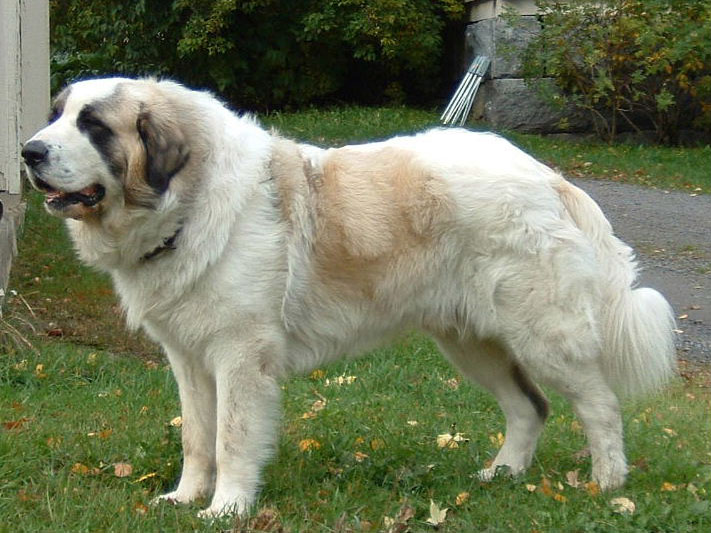The Slovakian Wirehaired Pointer is used as a working gun dog in his home country of Slovakia. While he may look like his cousin the Weimaraner in terms of color and shape, his harsh wirehaired coat sets him apart. The coat is easy to care for and requires little effort to keep up with. This is a healthy breed that rarely inherits health problems. Although hip dysplasia and idiopathic epilepsy are occasionally seen, it is uncommon.
The Slovakian is considered easy to train as he is amenable to learning new things and loves to please! A combination of smarts and energy make him a great choice for performance events, but be aware that he can get bored easily. Keep training sessions short and interesting, and make sure to mix it up to keep him on his toes. While sessions should be primarily fun (after all, he does have a sensitive nature), don’t skimp on rule enforcement! The breed does require proper boundaries and firm, yet fair corrections for bad behavior. Young puppies should also be crate trained early and taught how to cope when owners aren’t around – the breed is known for developing separation anxiety.
Slovakian Wirehairs are frequently upbeat and happy, with an outgoing nature towards everyone they meet (provided they have been socialized properly). They are the life of the party – not only in terms of their sparkling personalities but also in terms of their vigorous and lively natures. Young dogs and dogs who haven’t been given enough training may be prone to knocking people and objects over – be forewarned! With their owners, Slovakians are extremely loyal, affectionate and tend to develop deep bonds. They are good with other dogs as well as children, although small humans or canines can get unintentionally injured from their exuberance. Keep this in mind before adding the breed to a family that has one or the other. 
Like most gun dogs, the Slovakian does require a lot of exercise and particularly enjoys having regular outdoor adventures with his owner. The high exercise requirement is probably the single-most “fault” of the breed for the majority of homes – it is difficult for all but the most active families to give them the amount that they need. This gun dog not only needs to lots and lots of physical exercise, but mental as well. They do best in homes that can give them a full-time job such as regular hunt outings, but also do well with people that compete in events such as agility and/or obedience. When these needs are met, they can be fairly calm and well-behaved in the home. When the needs are not met… they can be destructive.
Slovakian Wirehairs do best in larger homes with property because of their high energy levels. Because they also have a strong hunting instinct, a fenced yard is a must to keep them from pursuing prey. While some will just stand and point at the animal rather than running off, others will race towards it and off the property. For obvious reasons, they are not recommended for apartment life.

